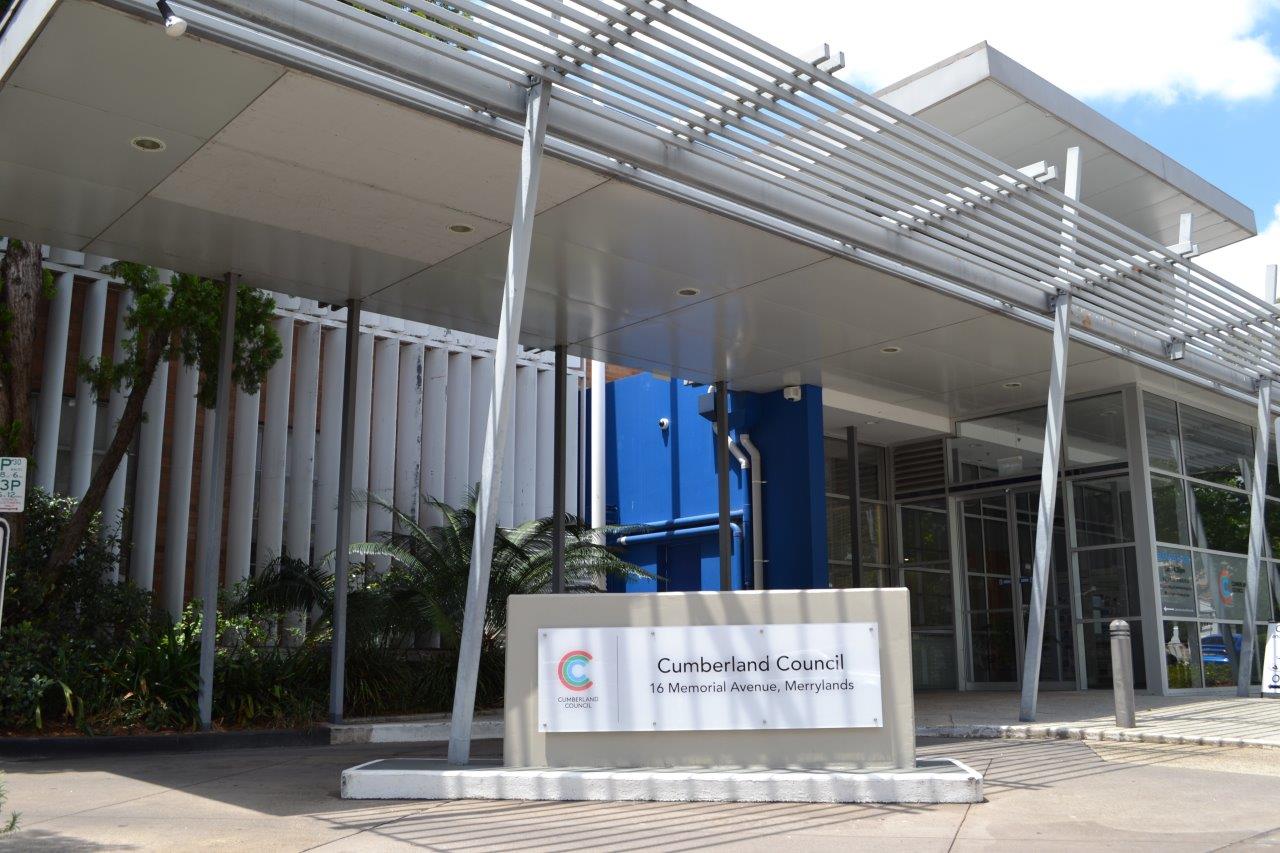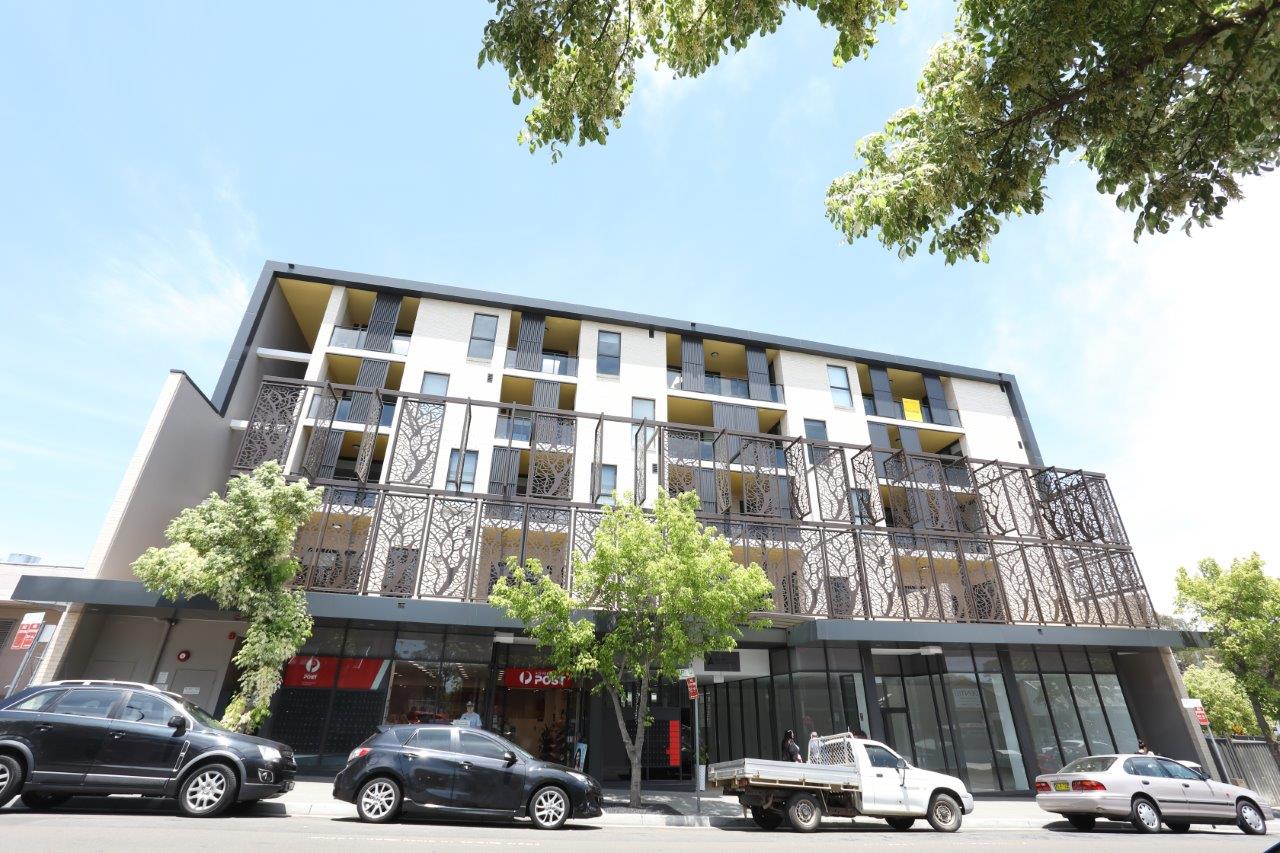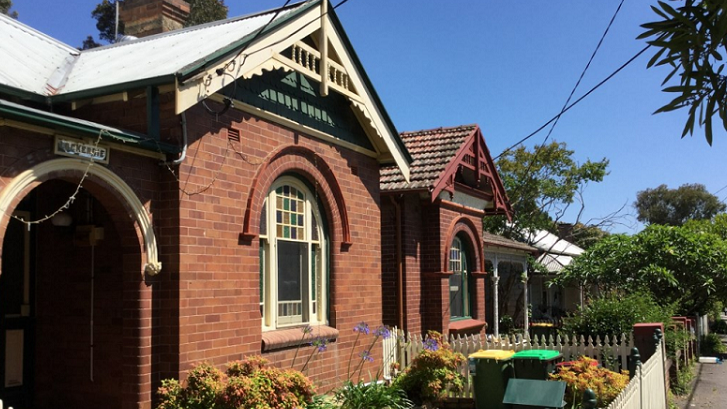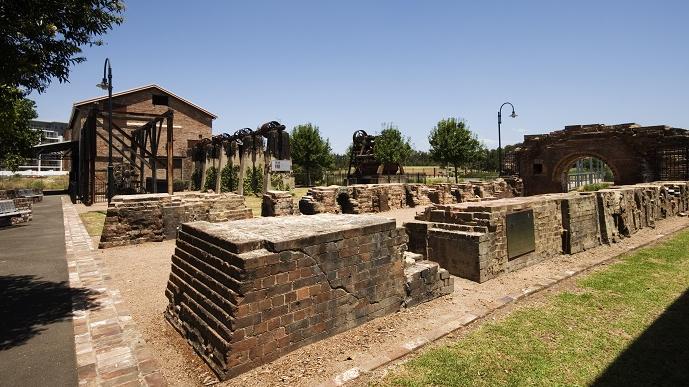Frequently Asked Questions
What is heritage?
Heritage can be any of the following:
- Heritage Item – This can be the main building, other built structure, landscapes, trees, and other elements which are recognised for their heritage value. These items could either be Local or State Heritage listed.
- Heritage Conservation Area (HCA): An area with a collective heritage significance or value. A subject site contributes to the collective heritage significance and value of the area. This also includes contributory and non-contributory site.
- Archaeological Heritage Site: A place that contains one or more relics.
- Aboriginal place of heritage significance: An area of land which is identified in an Aboriginal heritage study.
Why is heritage important?
Heritage includes the places, objects and stories that we have inherited from the past and want to protect for future generations. It gives us a sense of our history and provides meaningful insights into how earlier generations lived and developed. It also enriches our lives and helps us to understand who we are.
How do I know if my property has heritage significance?
All sites that are listed as heritage significance can be found under Schedule 5 of the Cumberland Local Environmental Plan 2021.
For more information, you may refer to the following:
Can I develop on a Heritage Item or on a Heritage Conservation Area property?
Yes, but before any work can be undertaken on a site with heritage significance, you will need to determine if any approvals are required or what limitations there may be. Likewise, if your property is identified to be a contributory or non-contributory dwelling in a Heritage Conservation Area.
What is the difference between a contributory and non-contributory dwelling in a Heritage Conservation Area?
- Non-contributory dwelling is a building or building element that detracts from the significant character of the Heritage Conservation Area (HCA). If your property is classified as non-contributory, you can still develop your property through a development application (DA) process.
- Contributory dwelling may not be individually listed as an individual Heritage Item but, by virtue of its character, age, scale, materials, details, design style or intactness, it makes a significant heritage contribution to the character of the Heritage Conservation Area (HCA).
How do I know if I require approval with what I am doing?
Depending on the scope of the works, some development can be undertaken as Exempt Development under the State Environmental Planning Policy (Exempt and Complying Development Codes) 2008 and Clause 5.10(3) of the Cumberland Local Environmental Plan 2021.
Exempt Development means that no approval is required as their will be minimal environmental impacts.
However, if the scope of the work includes alteration to external or internal building elements, you will need to seek consent for the work. Examples of when consent is required under the Clause 5.10(2) of the Cumberland Local Environmental Plan 2021:
- Demolition or removal of any existing Heritage Items
- Disturbing or excavating an archaeological site
- Disturbing or excavating an Aboriginal place of heritage significance
- Erecting a building on land
- Subdividing land
Development consent is required to ensure changes are sympathetic to the heritage values of the item or conservation area, so that it does not result in adverse impacts to the building streetscape.
Can I undertake alteration or demolition of a property that is a Heritage Item?
Refer to, the Cumberland Local Environmental Plan (CLEP) 2021 and the heritage controls contained in the Cumberland Development Control Plan (CDCP) 2021 - Part G which provide more detailed guidance for development of heritage items and dwellings within a heritage conservation area.
If your property is identified as a Heritage Item or is in a Heritage Conservation Area, Council can still approve a range of works through a Development Application (DA).
If your property is a non-contributory dwelling (houses with no heritage value) in a Heritage Conservation Area, you may be able to redevelop your property. However, if your property is a contributory dwelling in a Heritage Conservation Area, you can re-paint, construct a secondary dwelling or undertake alterations through the development application process.
If my property is near proximity to a Heritage Item or Heritage Conservation Area does that affect how I can develop?
Details on this can be found in the Cumberland Development Control Plan (CDCP) 2021 - Part G - 2.4 Specific controls of development in the vicinity of a heritage item.
How do I obtain approval?
There are three main pathways for approval:
- Consent through authority under Clause 5.10(3) in the Cumberland Local Environmental Plan 2021,
- Development Application, or
- Complying Development Certificate
Consent under Clause 5.10(3)
Under the Cumberland Local Environmental Plan (CLEP) 2021, development consent under this clause is not required to be obtained if -
(a) the applicant has notified the consent authority of the proposed development, and the consent authority has advised the applicant in writing before any work is carried out that it is satisfied that the proposed development
(i) is of a minor nature or is for the maintenance of the heritage item, Aboriginal object, Aboriginal place of heritage significance or archaeological site or a building, work, relic, tree or place within the heritage conservation area, and
(ii) would not adversely affect the heritage significance of the heritage item, Aboriginal object, Aboriginal place, archaeological site or heritage conservation area
(b) the development is in a cemetery or burial ground and the proposed development
(c) the development is limited to the removal of a tree or other vegetation that the Council is satisfied is a risk to human life or property, or
(d) the development is exempt development.
Therefore, prior to any works being undertake, you are required to notify the consent authority (Council) in writing of what you want to do. You will need to email council@cumberland.nsw.gov.au and attention your email to the Major Development Assessment Team for their review and response as to whether the proposed work is minor.
Development Application
When works cannot be exempt, as defined by State Environmental Planning Policy (Exempt and Complying Development Codes) 2008 or are identified as not being minor by the consent authority in writing, a development application is required to be lodged.
Development applications are required to be lodged via the NSW Planning Portal.
Each development application will be individually assessed against the relevant planning controls.
Complying Development Certificate
In some circumstances for development within a Heritage Conservation Area (HCA) or development of a Heritage Item, consent can be given via a Complying Development Certificate (CDC) for certain work, subject to the compliance criteria within the State Environmental Planning Policy (Exempt and Complying Development Codes) 2008.
Complying Development Certificates are required to be lodged via the NSW Planning Portal.
How do I know what documents I need to submit for my Development Applications?
If you need assistance in knowing what documents, you need to submit for your Development Application. Council has various checklists you can refer to under the Development Assessment Forms in the Council Forms page.
Examples when development can occur within a Heritage Item or a Heritage Conservation Area:
| Development Options | Heritage Items | Conservation Area |
|---|---|---|
| Demolition and rebuild | No | Yes –CDC or DA required |
| Renovation and/or alterations and/or additions | Yes, subject to council approval. A Heritage Impact Assessment must be submitted with the DA | Yes –CDC or DA required. |
| Granny Flat/ secondary dwelling/ outbuilding | Yes, subject to council approval. A Heritage Impact Assessment must be submitted with the DA. | Yes –CDC or DA required. |
| Repaint and general maintenance | Yes, if it meets planning control requirements. | Yes, if it meets the exempt and complying controls. |
| Eligible for Council’s Heritage Award and Rebate Programs? | Yes | No. |
| Solar Panel | Yes, depending on the proposed location of the solar panel, it can potentially be undertaken as exempt development under the State Environmental Planning Policy (Transport and Infrastructure) 2021. However, if the exempt criteria is unable to be met, development consent through Council will be required. | Yes, if it meets the exempt and complying controls. |
Have more questions?
If you require any technical guidance for conserving, repairing and using heritage items, please refer to the NSW Heritage - Maintenance Guides
For further information regarding this document, please contract Urban Strategy Team on (02) 8757 9000. Alternatively, you can also contact Heritage NSW on (02) 9873 8500 or by email heritagemailbox@environment.nsw.gov.au
If you have questions on existing planning controls that apply to your property and the Development Application (DA) process, please call Council on (02) 8757 9000 to speak to a duty planner or engage a private town planner.








